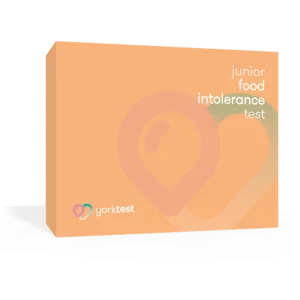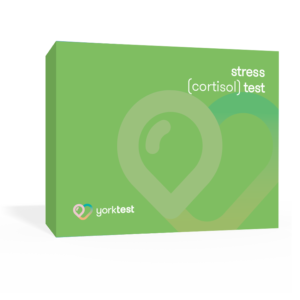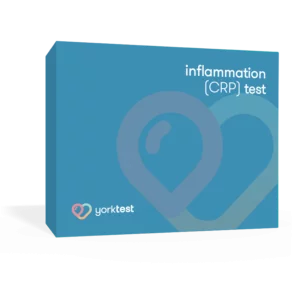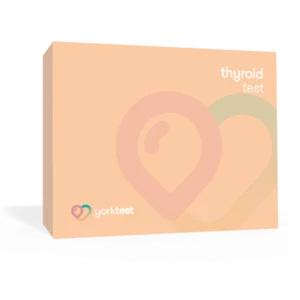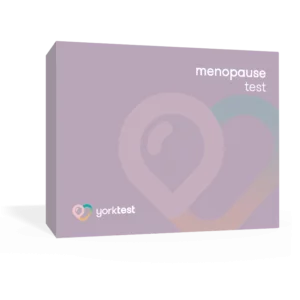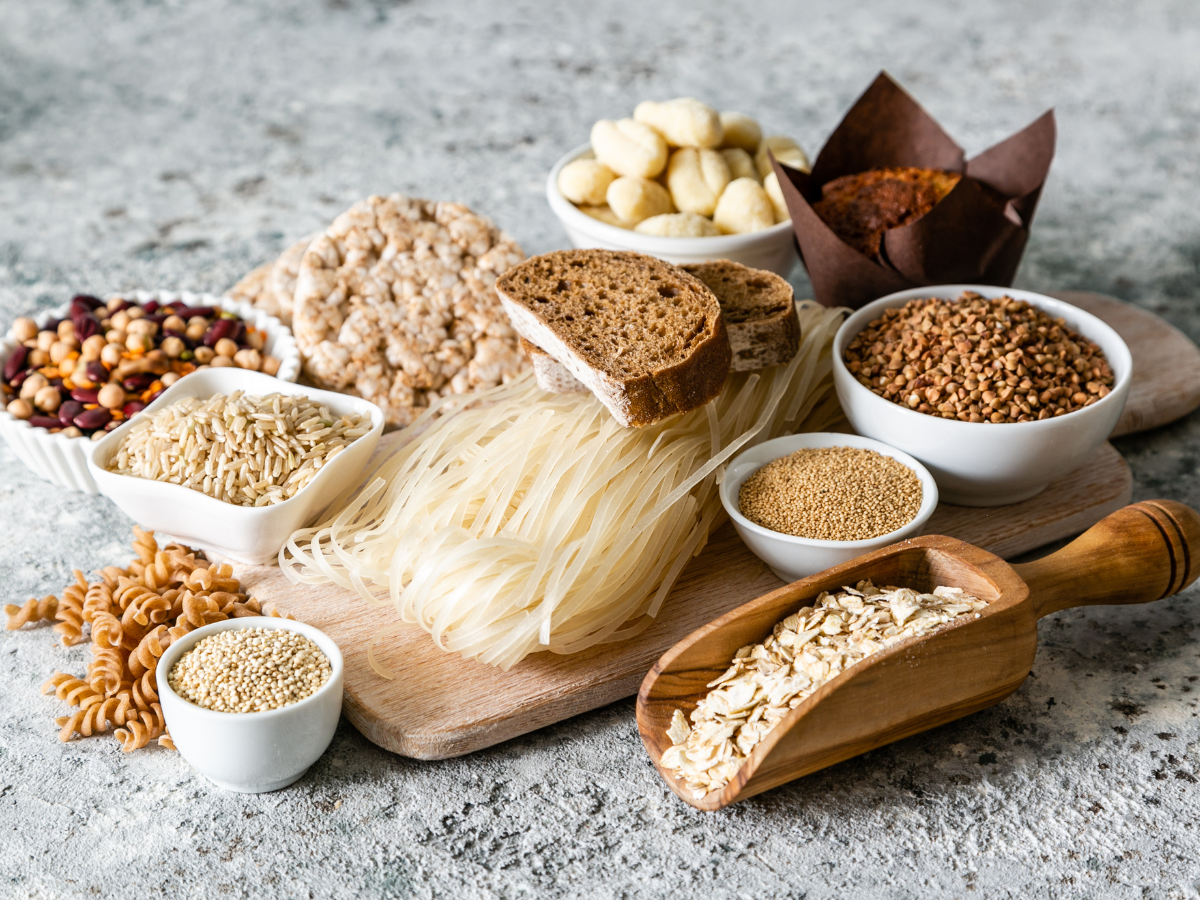
Regulation (EU) No 1169/2011 of the European Parliament and of the Council classified 14 major food allergens that fall under the remit of the Food Standards Agency (FSA). It is a legal requirement that food businesses must provide allergen information in any food they sell or provide, making it easier for people with food allergies (and even those with food intolerances) to identify the ingredients and trigger foods that they need to avoid.
What are the 14 listed allergens?
There are 14 major allergens that should be legally mentioned when they are used as ingredients – both packaged and loose. These are:
- Celery: This includes celery stalks, leaves, seeds and the “celeriac†root. You can find celery in salt, meat products and, surprisingly, stock cubes and soups. Symptoms of a celery allergy are usually mild and concentrated around itchiness in the throat and mouth. According to anaphylaxis.org, an allergy to celery is one of the most common pollen-related food allergies among adults in Europe
- Cereals containing gluten: This includes wheat, rye, barley and oats. This allergen is found in an abundance of food that contains flour, including baking powders, batter, breadcrumbs, bread, cakes, couscous, fried foods, meat products, pasta, pastry, soups and sauces.
- Crustaceans: This food group involves crab, prawns, shrimps, scampi and lobster and is one of the most common food allergy groups. Reactions tend to be severe and are not always triggered by eating shellfish. Due to the cooking process and the proteins in the shellfish, allergic reactions can be triggered when the proteins are air-born too.
- Eggs: Found in pastries, mayonnaise, mousses, cakes, pasta, sauces, quiches, some meat products, and egg-glazed foods. According to the NHS, many cases of egg allergy are relatively mild. Signs of a food allergy to eggs include aggravated asthma and abdominal pain.
- Fish: Found in fish dishes, fish sauces, pizzas, relishes, salad dressings, stock cubes and Worcestershire sauce. Although it’s a less common allergy, symptoms of a fish allergy can range from hives/skin rashes all the way up to uncommon cases of anaphylaxis..
- Lupin: Derived from a flower, but can often be found in flour and some bread, pasties or pasta. There is also an allergen crossover between peanut and lupin. If you’re allergic to lupin, there is a high chance you’re allergic to peanuts too. This is because both foods belong to the same botanical group (also known as legumes).
- Milk: a common ingredient that’s found in cream, butter, cheese, yoghurt and milk powders, as well as milk-glazed/brushed food and powdered soups/sauces. Milk is another common allergy. It is thought that between 2 and 3% of children who are younger than 3 are allergic to milk. However, the NHS advise that half of these children are likely to outgrow their milk allergy by the time they are 16.
- Molluscs: Mussels, clams, scallops, squids, land snails and whelks. Molluscs are also found in oyster sauce, stews and fish cakes or pies. This allergy can be severe and, the same with lupin, the allergenic proteins can be found in different species of mollusc, so it is not unusual to be allergic to more than one type of mollusc.
- Mustard: You either love it or hate it! This can be found in salad dressings and curries, and it takes the form of liquid mustard, mustard powder and mustard seeds. A mustard allergy is relatively rare in the UK and Ireland, but is increasingly problematic in Spain and France.
- Nuts: Excluding peanuts. This food group grows on trees (hence why it’s sometimes referred to as “tree nutsâ€, and includes cashew nuts, almonds and hazelnuts. Watch out for some ice cream and nut oils, as well as more obvious foods like bread, biscuits, crackers, desserts, nut-powders, stir-fried food, marzipan and sauces. Along with egg, crustaceans and milk, nuts are also a highly common allergy.
- Peanuts: Did you know that peanuts are actually legumes and are grown underground (hence them sometimes being called “groundnutsâ€)? These are a common allergen culprit, hiding in some foods like satay sauce and marzipan, as well as other foods like biscuits, cakes, curries, desserts, oils and peanut flour. Botanically, peanuts are related to peas, beans and lentils. A peanut allergy always needs to be taken seriously. Signs of an allergic reaction to peanuts include swelling in the throat and mouth, and difficulty breathing.
- Sesame seeds: You can find these sprinkled over a hamburger or in Thai cooking, houmous, breadsticks, tahini, and toasted salads. An allergy to sesame usually begins early in life but should always be taken seriously, as they pose a danger that can lead to anaphylaxis.
- Soya: Often a staple ingredient in oriental cooking. Soya is found in bean curd, edamame beans, miso paste, desserts, meat/vegetarian products, sauces, textured soya protein, tofu and a high level of processed food.
- Sulphur Dioxide: A particular problem for many asthma sufferers, sulphur dioxide is commonly found in alcoholic beverages and dried fruits such as raisins, apricots or prunes. It’s also in some meat products, soft drinks, vegetables, wines and beers.
What is Natasha’s Law?
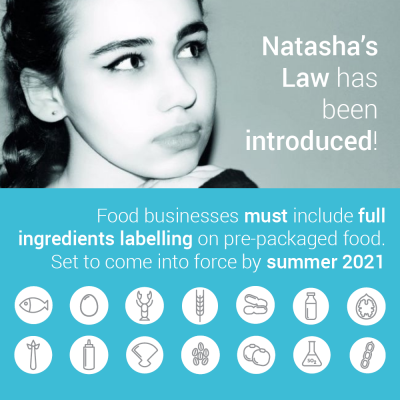
‘Natasha’s Law’ was introduced in 2021 to improve protection for people with food allergies by requiring comprehensive ingredient and allergen labelling on prepackaged foods. The law stated that all food businesses included full ingredients labelling on pre-packaged food by summer 2021. Before the law came into place, non-packaged foods were not required to display allergen information on the packaging. This legislation, approved by then-environmental secretary Michael Gove, sought to tighten existing labelling laws in the UK.
Has Brexit affected allergen regulations?
Although the allergen classification list is an EU regulation, it continues to be used in the UK post-Brexit. However, the government website has further information about food labelling changes.
Allergens across the globe
The amount of food allergens declared on pre-packaged food is not universally standardised. The UK and Europe classify 14 major food allergens. On the other hand, America only classifies 9. The Food Allergens Labelling and Consumer Protection Acts (FALCPA), introduced in 2006, applies to:
- Milk
- Egg
- Peanut
- Tree nuts
- Soy
- Wheat
- Fish
- Crustaceans
- Sesame
This means that molluscs (shellfish such as oysters, clams, and mussels), sesame, mustard and celery, are not required to be labelled under FALCPA.
More confusingly, Australia and New Zealand identify 10 food allergens, Japan identify 7 core allergens and Canada identify 11, which must be identified in English and French.
Are you travelling abroad with a food allergy or food intolerance?
Prepare yourself by checking the food labelling laws in the country you’re visiting before you fly to see if they classify your trigger food as a major allergen. There are many guides for travelling with food allergies that summarise the laws in major tourist destinations. For instance, sesame may be considered a major allergen in your destination country but not your home country. Be extra vigilant about reading labels and watch out for hidden ingredients!
Remember to always check where the best and worst places are to travel if you suffer from a food intolerance.
Are you struggling to identify your food allergy or food intolerance?
If you experience any serious or life-threatening reactions, it’s always important to seek advice from your GP or medical practitioner.
Food intolerances, although not life-threatening like severe allergies, can be difficult to pinpoint as they can take up to several days to show symptoms.
Our Food And Environmental Allergy Test analyses your IgE reactions to a range of food and environmental allergens.
Suspect you have a food intolerance instead? Our Premium Food Intolerance Test analyses your IgG reactions to 200 food and drink ingredients.

